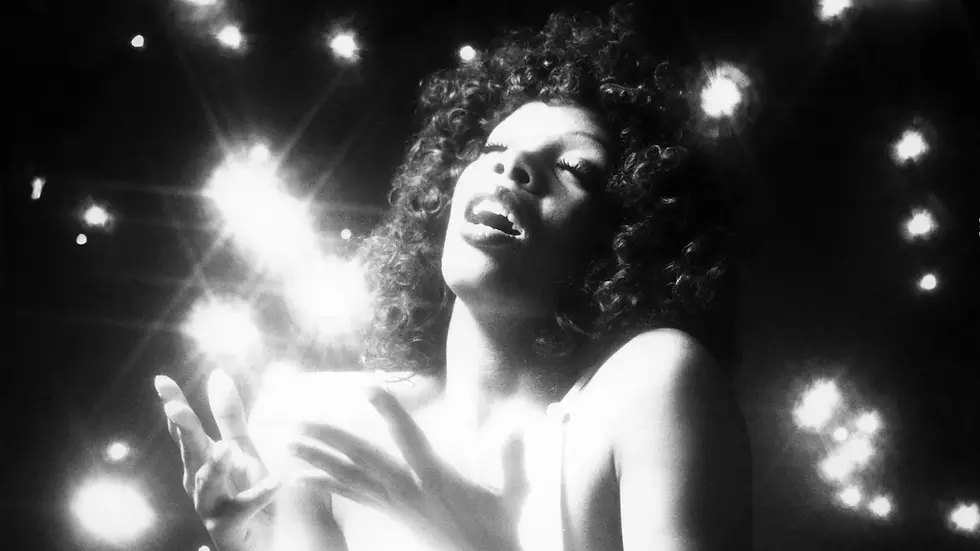What is Folktronica?
- Sydney Schaefgen
- Oct 13
- 2 min read
Folktronica is a unique genre that blends traditional folk elements with electronica elements, often including hints of hip-hop, dance, and pop. At its core, folktronica pushes the limits of genre-bending, incorporating futuristic production to the nostalgic roots of folk.
A Brief History of Folktronica:
The eccentric blend originated in the 90s, with the name “Folktronica” later coined by the British Press in 2001. British electronic duo Ultramarine are often credited for their folktronica origins for their 1991 album Every Man and Woman is a Star, where they fused traditional string sounds with upbeat rhythms.
By the early 2000s, artists such as Four Tet popularized the hybrid sound with the work on his album Pause (2001). Homefires Festival and The Green Man Festival are also credited for creating space for Folktronica on main stages, sharing the sounds of folktronica to the ears of thousands of music festival-goers.
From then on, more artists from indie and post-rock scenes moved towards the folktronica sound, enjoying the opportunity for new creative expression. The genre’s evolution is heard through the experimental work of modern musicians like Bon Iver and Bjork.

Characteristics of Folktronica:
There are three main characteristics of Folktronica music: electric production, traditional folk instruments, and vocal effects. Prominent elements include synthesizers, drum machines, and dance beats. To contrast this upbeat production, traditional folk elements like guitars, banjos, and other strings are used for harmonic material. Some artists use vocal effects to mask their voices, while others stay closer to more traditional folk sounding vocals. Folktronica tracks also frequently incorporate machine-made sounds and digital beats, leaning into more futuristic, avant-garde production.
Folktronica Artists to Know:
There are many notable folktronica artists to dive into! Here is a quick list of recommended artists to test out folktronica with your own ears.
Tunng explored and expanded the boundaries of folktronica. Their album Mother’s Daughter and Other Songs (2005) received acclaim for its innovative sound and inclusion of unconventional instruments.

A critically acclaimed artist that leans into more than one genre, Sufjan Stevens includes folktronica elements in much of his work. Albums like Ascension (2020) exhibit his experimental work in blending acoustic and electronic elements.

Combining lo-fi, electronic, folk, and hip-hop, Bibio’s music is folktronica to its core. His album Ambivalence Avenue (2009) received rave reviews for its artistic choices, blending together heavy instrumentals, folky filters, and hip-hop beats.

Formed in the late 90s, The Books began as an indie rock band. By combining guitars, sampled vocal fragments, and percussion instruments on albums like Thought for Food (2002), The Books curated a sound entirely their own — and as a result, paved the way for other folktronica artists to do the same.

So, Why Folktronica?
The creative freedom of folktronica makes it a particularly fun genre to explore! As the digital age evolves, as does folktronica music, inviting and challenging listeners to think of folk in a reconstructed light.
For folktronica artists ready to promote an upcoming release, working with Decent Music provides the expertise and resources to build organic exposure and tangible value for independent artists.





Comments